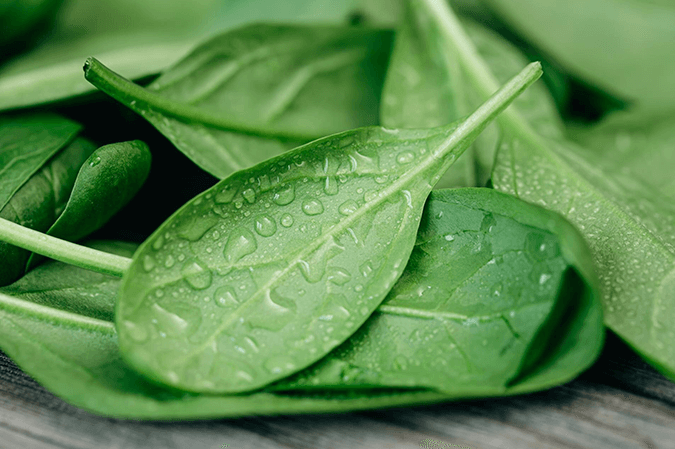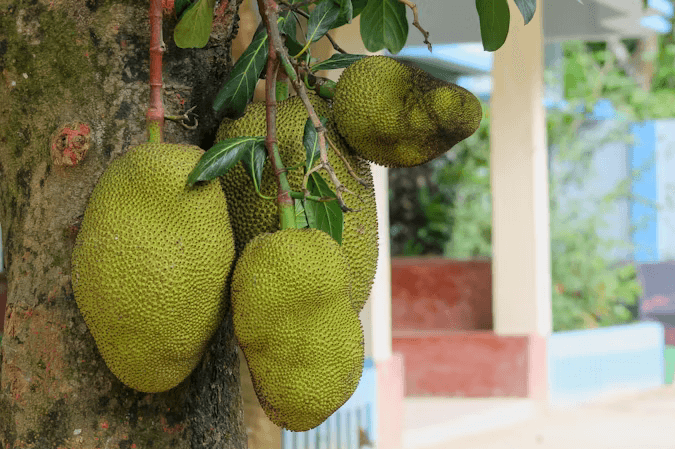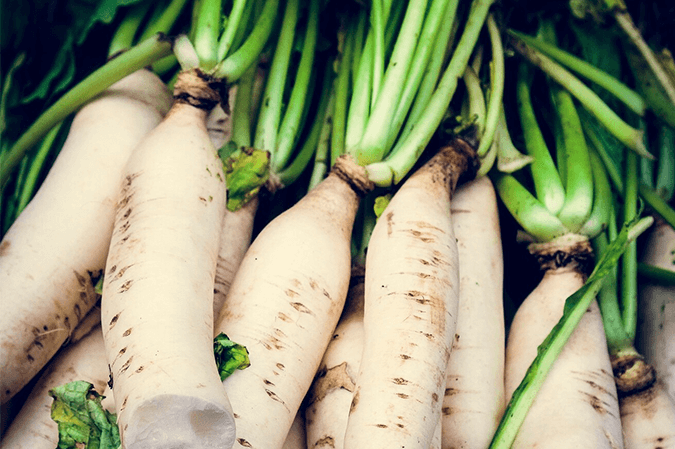Nutritional Value of Spinach (per 100 grams)
| Nutrient | Amount |
| Calories | 23 kcal |
| Carbohydrates | 3.63 g |
| Sugars | 0.42 g |
| Dietary Fiber | 2.2 g |
| Protein | 2.86 g |
| Fat | 0.39 g |
| Saturated Fat | 0.06 g |
| Monounsaturated Fat | 0.01 g |
| Polyunsaturated Fat | 0.17 g |
| Vitamin A | 9377 IU |
| Vitamin C | 28.1 mg |
| Vitamin K | 482.9 µg |
| Folate (Vitamin B9) | 194 µg |
| Iron | 2.71 mg |
| Magnesium | 79 mg |
| Potassium | 558 mg |
| Phosphorus | 49 mg |
| Calcium | 99 mg |
| Sodium | 79 mg |
| Zinc | 0.53 mg |
Interesting Facts about Spinach
- Popeye’s Favorite: Spinach became widely popular in the United States during the 1930s largely due to the cartoon character Popeye the Sailor, who claimed it gave him superhuman strength.
- Rapid Growth: Spinach is one of the fastest-growing vegetables, capable of being harvested as soon as 37 to 45 days after planting.
Origin of Spinach
Spinach (Spinacia oleracea) is believed to have originated in ancient Persia (modern-day Iran and neighboring countries). It was introduced to China in the 7th century and later to Europe around the 12th century through the efforts of the Moors who brought it to Spain.
Health Benefits of Spinach
- Rich in Antioxidants: Spinach is high in antioxidants, including beta-carotene, lutein, and zeaxanthin, which help combat oxidative stress and may reduce the risk of chronic diseases.
- Bone Health: The high levels of vitamin K in spinach are essential for bone health, aiding in calcium absorption and reducing the risk of osteoporosis.
- Blood Sugar Regulation: Spinach contains alpha-lipoic acid, an antioxidant that has been shown to lower glucose levels and increase insulin sensitivity.
Benefits for Specific Body Parts or Organs
- Eyes: Spinach is rich in lutein and zeaxanthin, which are beneficial for eye health and can help prevent age-related macular degeneration and cataracts.
- Bones: The vitamin K, calcium, and magnesium in spinach contribute to maintaining healthy bones and preventing bone-related disorders.
- Blood: Spinach is an excellent source of iron, which is essential for the production of red blood cells and can help prevent anemia.
Sources
- USDA FoodData Central
- Healthline
- Medical News Today



